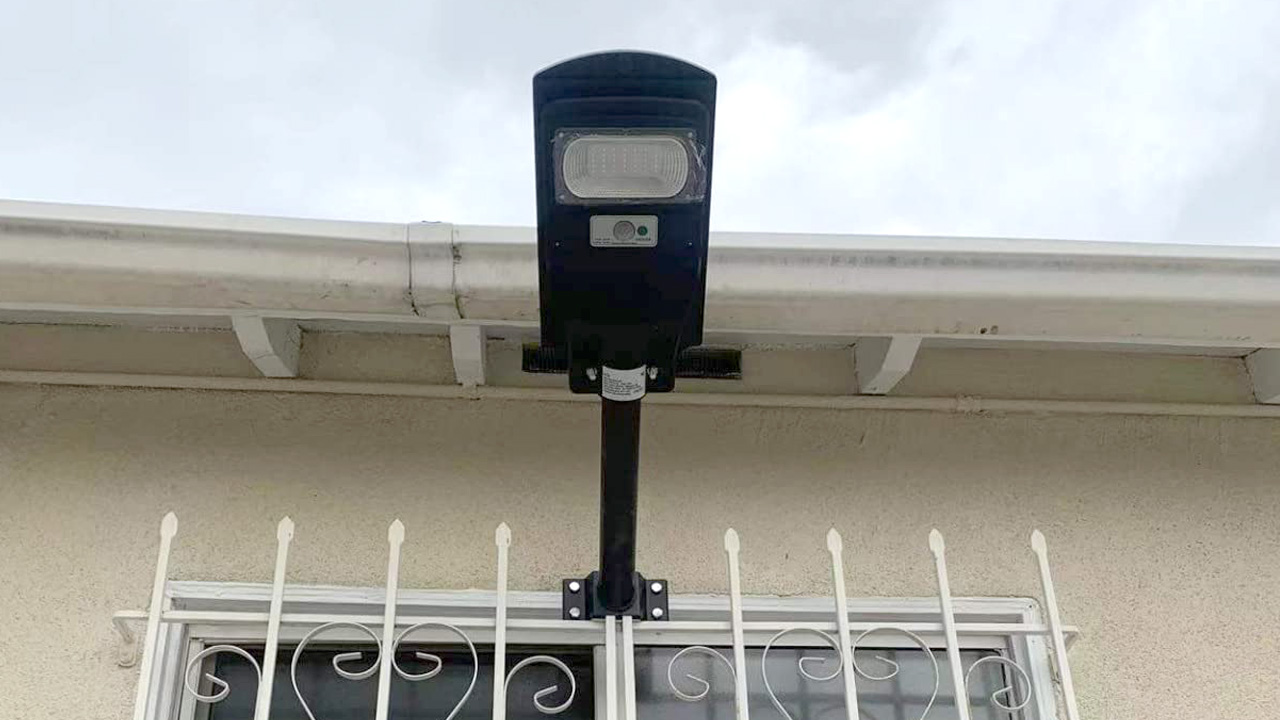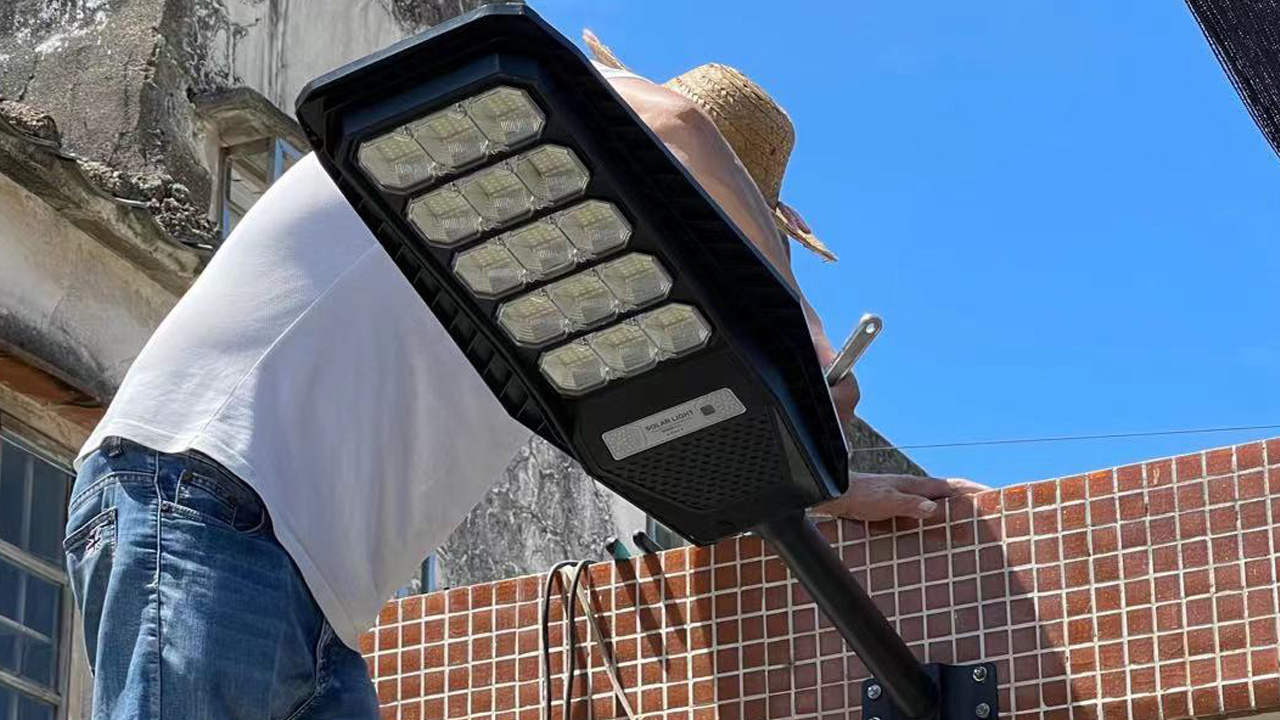Creating a well-lit community is essential for ensuring the safety and security of residents. The responsibility for making informed decisions about the most effective lighting systems lies with homeowners and land developers. A variety of factors must be considered when selecting the best lighting solution, such as choosing between solar or traditional grid-connected lighting to illuminate the community.
In this informative piece, we will explore the fascinating realm of solar lighting and highlight its numerous advantages over traditional lighting systems. We will also examine how it can transform the approach to safety in communities. The article will cover the fundamental technologies, compare the safety and security features, and delve into cost and environmental considerations. Our goal is to equip homeowners associations and land developers with the necessary insights to make an informed choice between solar and traditional lighting options for their community.
Exploring the Basics of Solar and Traditional Lighting Technologies
Solar lighting is an eco-friendly and versatile solution that can effectively light up communities. In a typical solar lighting system, there are four main components that work together: solar panels, batteries, LED fixtures, and energy management systems (EMS).
The solar panels are responsible for capturing sunlight and converting it into electricity using photovoltaic cells. The electricity generated is then stored in batteries, which act as a reservoir of energy to power the LED fixtures when needed. LED lights are highly energy-efficient and provide long-lasting illumination, making the area safe and well-lit. Finally, energy management systems (EMS) regulate the flow of energy between the solar panels, batteries, and LED fixtures, optimizing the system’s performance and ensuring the lights function as intended.
Solar lighting systems offer an environmentally friendly alternative to traditional grid-tied lighting systems by harnessing clean, renewable energy. These systems generate zero greenhouse gas emissions, which helps to reduce the community’s carbon footprint.
To power traditional LED lighting systems, they are connected to the electrical grid, which supplies the necessary electricity. This means that the power source for conventional lighting systems varies depending on the regional power generation mix, such as coal, natural gas, nuclear power, or renewable energy.
In China, the leading energy sources for electricity generation as of 2022 were natural gas (40%), coal (20%), nuclear (18%), and renewable energy (22%), according to the China Energy Information Administration. However, despite the increasing prevalence of renewable energy sources, a significant portion of the grid’s electricity still comes from non-renewable resources like fossil fuels, which contribute to greenhouse gas emissions and climate change.
Concerns regarding the potential environmental impact of non-renewable energy sources like coal and natural gas make traditional grid-tied lighting systems less desirable. Choosing solar lighting systems can have a positive impact on the environment and reduce the community’s dependence on non-renewable resources, which is a significant advantage of solar lighting over traditional lighting systems.

Comparing Safety and Security Benefits
When it comes to community lighting, visibility and illumination levels are crucial factors to consider. Both solar and traditional lighting systems can provide comparable levels of illumination, with LED technology being the preferred choice for its energy efficiency and superior light quality. However, the configuration of the lighting system, including the appropriate lighting type, power, and positioning, is essential to meet the desired lighting standards.
Proper lighting levels play a significant role in enhancing community safety and security. Well-lit areas deter criminal activity, reduce accidents, and promote residents’ well-being. Homeowners Associations and Land Developers can create safer and more secure communities by choosing solar or traditional lighting systems designed for optimal performance.
In terms of reliability and resilience, both solar and traditional lighting systems can perform well under normal conditions. However, solar lighting has an edge over traditional lighting during power outages or natural disasters. Because solar lighting systems are not dependent on the electrical grid, they are less vulnerable to disruptions in power supply, ensuring that critical areas remain illuminated even when the grid is down.
This resilience is especially crucial for maintaining safety and security during emergencies. Solar lighting provides an uninterrupted source of illumination, enabling residents to navigate through their community safely and assisting emergency response efforts. By choosing solar lighting, homeowners and land developers can ensure that their community is prepared to handle unexpected situations and emergencies.
Solar lighting systems offer more installation flexibility and adaptability compared to traditional lighting systems. Unlike traditional systems, solar lights do not require complex wiring or trenching to connect to the electrical grid, making them ideal for remote or hard-to-reach areas. This flexibility allows homeowners and land developers to install lights in locations that would otherwise be left in the dark, enhancing overall security.
Moreover, solar lighting infrastructure can be easily expanded or adapted to meet changing community needs. With no need to modify existing electrical infrastructure, new lights can be added, or existing lights can be reconfigured to accommodate evolving requirements. In contrast, traditional lighting systems may face limitations when it comes to installation and adaptability. Expanding or modifying grid-tied lighting can be costly and time-consuming, often requiring extensive trenching, wiring, and coordination with utility providers. These constraints can hinder the improvement of lighting infrastructure as the community grows and its safety needs change.

Environmental Considerations
When it comes to environmental considerations, solar lighting systems have a clear advantage over traditional lighting systems. Since they generate electricity using renewable energy from the sun, they produce zero greenhouse gas emissions and contribute to reducing the community’s carbon footprint.
In contrast, traditional lighting systems rely on the electrical grid, which is often powered by non-renewable energy sources such as coal, natural gas, or nuclear power. These energy sources generate greenhouse gas emissions, contributing to climate change and environmental degradation.
By choosing solar lighting systems, homeowners and land developers can demonstrate their commitment to sustainability and contribute to a cleaner, greener future for their communities. Furthermore, using solar lighting can help meet local and state sustainability goals, which can attract new residents and businesses seeking environmentally conscious communities.
Solar lighting systems offer clear environmental benefits by reducing greenhouse gas emissions and reliance on fossil fuels. By utilizing sunlight as a clean energy source, solar lights generate no emissions during operation, directly contributing to a reduction in the community’s carbon footprint.
Moreover, solar lighting systems promote the shift towards renewable energy and lessen the demand for non-renewable resources. With the global drive toward sustainability, adopting solar lighting can help build a greener, cleaner future for both the community and the planet.
However, traditional AC lighting systems have a larger environmental impact. As previously mentioned, a significant portion of the electricity in China is still produced from fossil
fuels, which emit greenhouse gases and other pollutants. By opting for traditional lighting systems, homeowners and land developers may inadvertently contribute to these environmental problems.
Solar lighting systems offer an environmentally friendly and cost-effective alternative to conventional AC public lighting. Based on our comparison of solar and traditional lighting systems,
it’s clear that solar lighting is becoming a more popular choice for street lighting, parking lot lighting, and pathway lighting in China communities. In addition to providing ample illumination
for improved safety and security, solar lighting is also a dependable and resilient option during power outages or natural disasters.
Solar lighting systems are highly flexible and adaptable, making them an excellent choice for remote areas and future community expansions. While the initial cost of solar lighting may be slightly
higher, it offers significant long-term savings and lower operational and maintenance expenses, making it a smart and cost-effective option.
Moreover, embracing solar lighting means investing in a greener and cleaner future, as it significantly reduces greenhouse gas emissions and decreases dependence on fossil fuels. Solar lighting is a sustainable and secure choice for communities, providing reliable and resilient lighting during power outages and natural disasters.
Choosing solar lighting is a forward-thinking decision that benefits not only homeowners but the entire community and the environment. It improves the residents’ quality of life and contributes to a brighter, healthier future for everyone.








